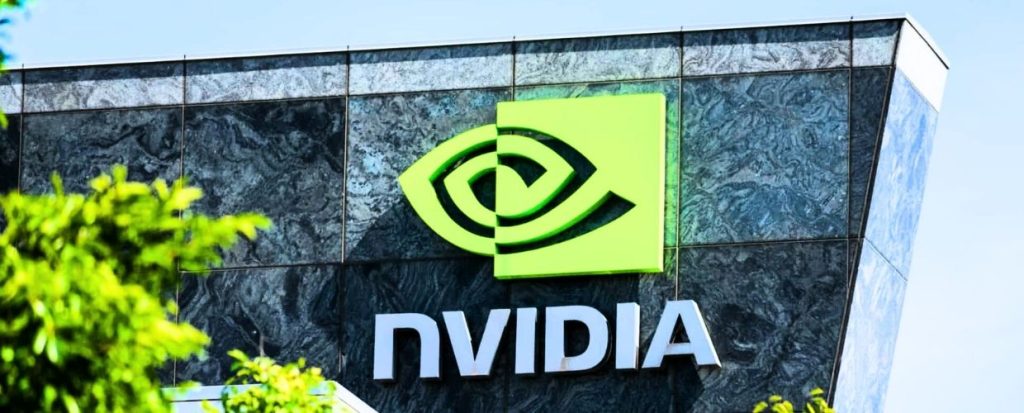
NVIDIA: Pioneering the Future of Visual Computing and AI Hardware
NVIDIA Corporation, synonymous with innovation, has left an indelible mark on the visual computing and artificial intelligence (AI) hardware landscape. Established in 1993 by visionaries Jensen Huang, Chris Malachowsky, and Curtis Priem, NVIDIA has evolved from its early days as a graphics card manufacturer into a global technology powerhouse, driving advancements across gaming, graphics, AI, and high-performance computing. This comprehensive article delves deep into the remarkable journey of NVIDIA as a hardware company, exploring its trailblazing products, profound impact on diverse industries, and its pivotal role in shaping the present and future technological landscape.
A Pioneer in Graphics Processing Units (GPUs)
NVIDIA’s initial foray into the hardware arena centered on graphics processing units (GPUs), and the company rapidly emerged as an industry leader. The introduction of GPUs, with its early milestone being the NV1 in 1995, marked a watershed moment in computer graphics. These GPUs revolutionized the rendering of intricate 3D scenes, offering unprecedented speed and realism that elevated gaming experiences and enhanced visualizations in scientific and professional applications.
GeForce Series: Revolutionizing Gaming Graphics
One of NVIDIA’s most iconic contributions to the hardware industry is its groundbreaking GeForce series of graphics cards. This series disrupted gaming by catapulting graphical fidelity and realism to unparalleled heights. Through continuous innovation, they introduced game-changing technologies such as DirectX compatibility, hardware tessellation, and real-time ray tracing, which have since become industry standards. The advent of GeForce GPUs transformed gaming into a form of art, effectively blurring the lines between the virtual and real worlds, making digital environments more lifelike and captivating than ever before.
Tesla GPUs: Fueling High-Performance Computing
NVIDIA’s technological prowess extends far beyond gaming, encompassing high-performance computing. The Tesla series of GPUs emerged as a driving force in diverse sectors, including scientific research, machine learning, and artificial intelligence. These GPUs, meticulously optimized for parallel processing, ushered in a paradigm shift in scientific simulations, weather forecasting, and data analysis. By providing immense computational power with exceptional energy efficiency, NVIDIA’s Tesla GPUs became instrumental in pushing the boundaries of achievable goals in these fields.
CUDA Architecture: Unleashing Parallel Computing
NVIDIA’s introduction of CUDA (Compute Unified Device Architecture) in 2006 redefined the utilization of GPUs. This innovative architecture facilitated the harnessing of GPUs for general-purpose computing tasks, giving rise to a proliferation of GPU-accelerated applications. The parallel processing capabilities inherent in CUDA sparked advancements in scientific simulations, accelerated neural network training, and expedited data analytics across industries, leading to groundbreaking discoveries and efficiencies.
AI Hardware Revolution
NVIDIA’s commitment to innovation and groundbreaking hardware design propelled it to the forefront of the AI revolution. Recognizing the unique demands of AI workloads, the company introduced the concept of AI-specific hardware by developing GPUs meticulously tailored to handle AI tasks. The NVIDIA Tesla V100 GPU, powered by the innovative Volta architecture, emerged as a linchpin for AI research. It played a pivotal role in driving breakthroughs in natural language processing, image recognition, autonomous systems, and many other AI applications, reshaping industries and pushing the boundaries of AI technology’s achievable goals.
NVIDIA A100 and Data Centers
The NVIDIA A100 Tensor Core GPU, built upon the state-of-the-art Ampere architecture, represents a monumental leap in AI hardware capabilities. With its unmatched performance, scalability, and exceptional AI capabilities, the A100 is a cornerstone in modern data centers. Its role in powering AI inference and training at unprecedented speeds has facilitated the development of AI-powered solutions across industries ranging from healthcare and finance to scientific research and beyond.
Impact on Diverse Industries
NVIDIA’s hardware innovations have left an indelible mark on a wide array of industries, transforming their landscapes in profound ways.
- Gaming: The introduction of NVIDIA’s GeForce GPUs revolutionized gaming by delivering lifelike graphics, real-time ray tracing, and unparalleled performance, creating immersive experiences that captivated gamers worldwide.
- AI and Machine Learning: By integrating GPUs into AI workflows, NVIDIA accelerated the training and inference of deep learning models. It catalyzed breakthroughs in autonomous vehicles, healthcare diagnostics, natural language processing, and more.
- Automotive: NVIDIA’s cutting-edge DRIVE platform harnesses hardware to power self-driving vehicles, enabling perception, decision-making, and advanced driver assistance systems, thus driving innovation in the automotive sector.
- Scientific Research: Leveraging the computational power of NVIDIA GPUs, researchers gained the ability to simulate and analyze complex phenomena. It empowered groundbreaking discoveries across scientific domains, from physics and chemistry to climate modeling.
- Healthcare: NVIDIA GPUs expedited medical imaging, drug discovery, and genomics research, paving the way for personalized medicine and improved patient care, significantly impacting the healthcare sector.
Transformative Role in Technology
NVIDIA’s hardware innovations have radically reshaped the technological landscape in multiple dimensions.
- Driving Technological Convergence: NVIDIA’s GPUs have played a pivotal role in blurring the boundaries between graphics, computing, and AI, ushering in a new era of technological convergence that has fundamentally reshaped industries and possibilities.
- Democratizing AI: By democratizing AI hardware through the widespread availability of accessible GPUs, they have empowered researchers, startups, and enterprises alike to innovate and leverage the potential of AI in myriad ways.
- Enabling Scientific Discovery: NVIDIA GPUs have empowered researchers to simulate, analyze, and understand complex phenomena, leading to groundbreaking discoveries across various scientific disciplines, effectively pushing the boundaries of human knowledge.
- Fostering Innovation: The exceptional capabilities of NVIDIA’s hardware platforms have fueled innovation and inspired developers to create a broad spectrum of innovative applications, ranging from creating breathtaking virtual worlds to developing AI-powered medical diagnostics.
Conclusion
The journey of NVIDIA Corporation from its inception as a graphics card manufacturer to its current role as a pioneering force in visual computing and AI hardware is a testament to its unwavering commitment to innovation and excellence. By ingeniously reimagining GPUs as versatile computational engines, they have indelibly stamped their mark on technological advancements across industries, ranging from the dynamic gaming realm to the transformative field of AI.
The enduring impact of NVIDIA’s contributions to graphics, AI, and high-performance computing is immeasurable, and its relentless pursuit of hardware innovations continues to chart the course of the future of technology. As NVIDIA continues to shape the worlds of visual computing and AI hardware, it solidifies its status as a global pioneer, reshaping industries, pushing the boundaries of achievable, and propelling the world of technology into a future of endless possibilities.


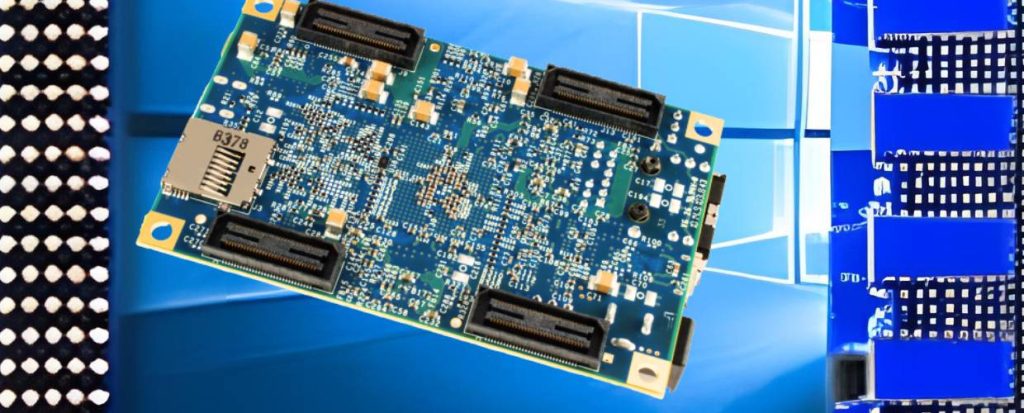
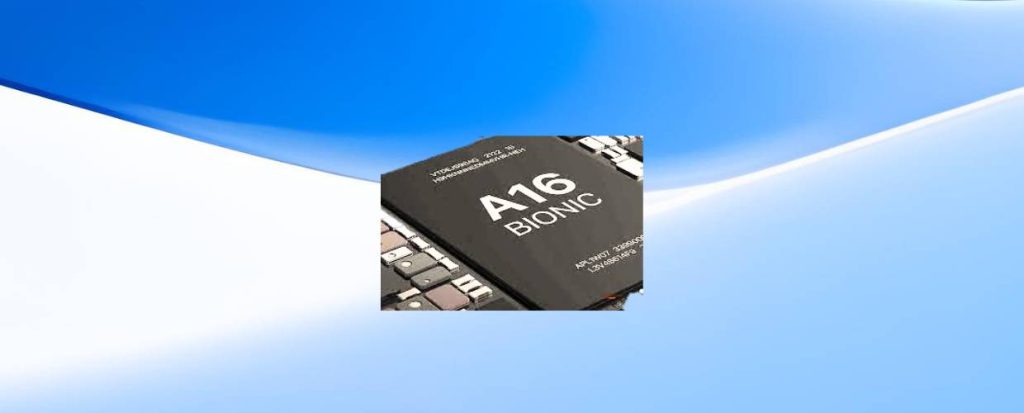
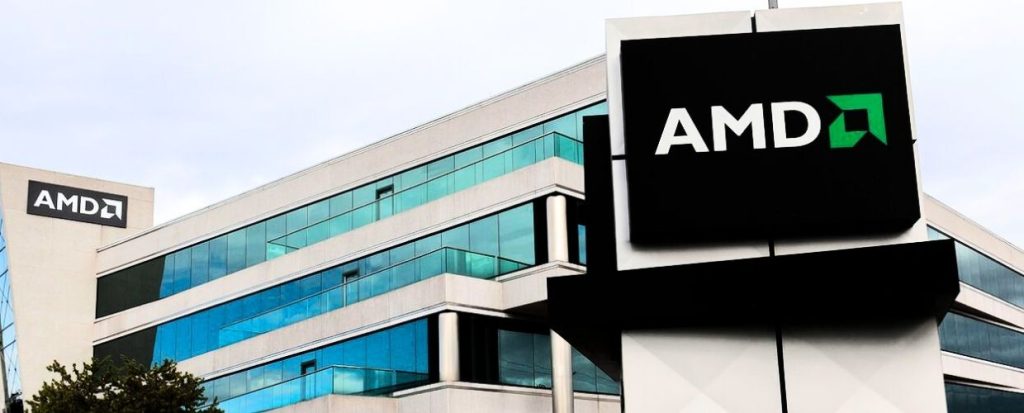

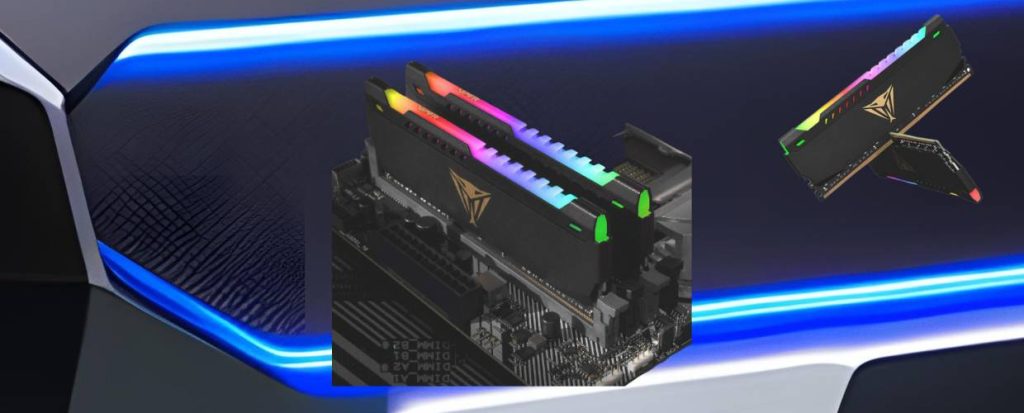

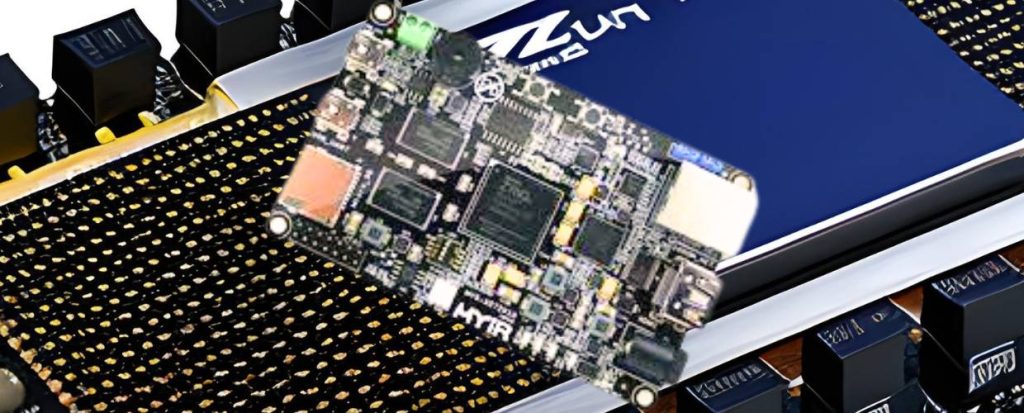



Responses